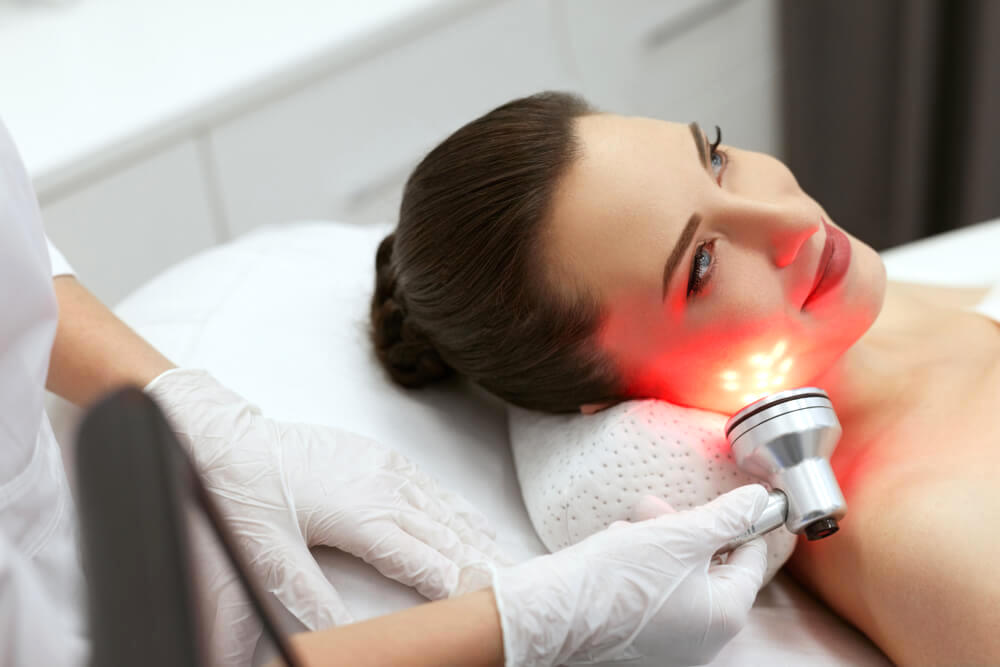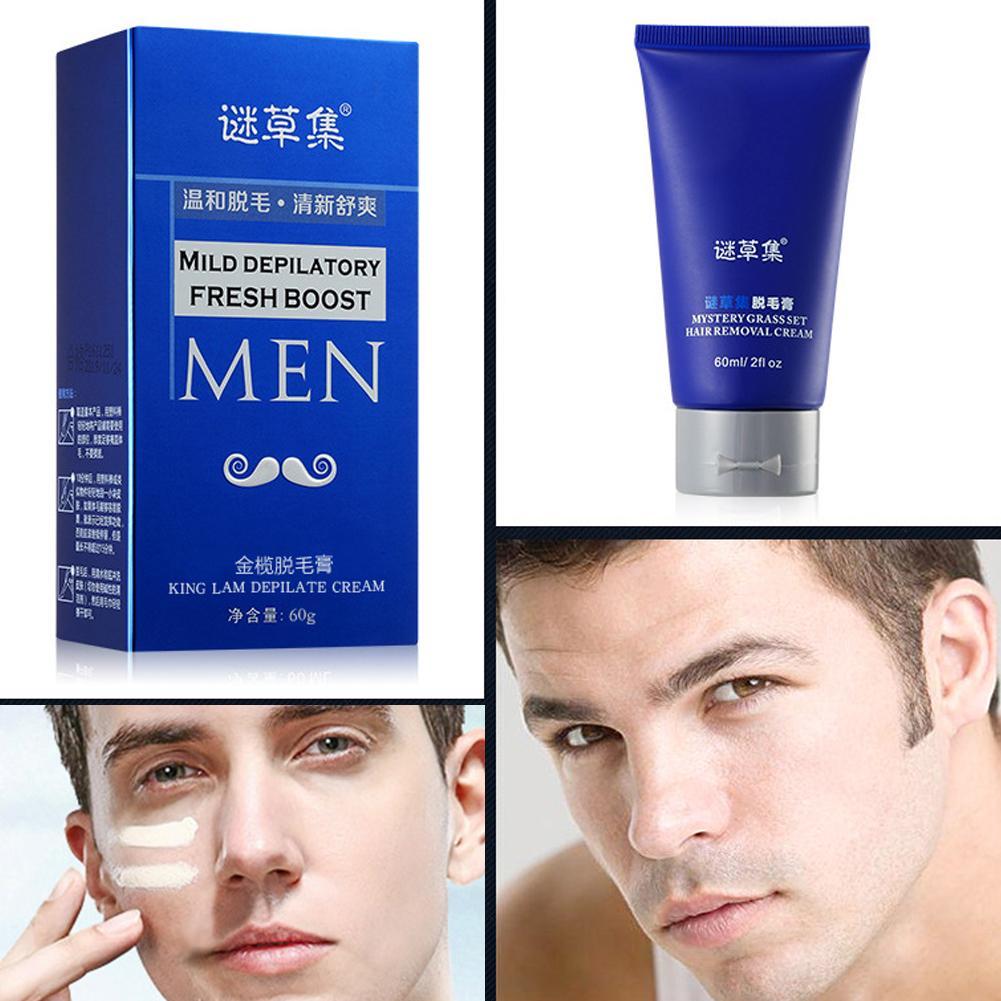Table Of Content

One potential application of red light therapy is to treat chronic pain conditions, such as fibromyalgia. Recently, the FDA approved FibroLux, the first and only therapeutic laser to treat fibromyalgia pain. “When red light therapy was administered via FibroLux laser by a health care professional three times a week for a three-week period, patients experienced a marked reduction in fibromyalgia pain,” says Dr. Eells. Red light therapy for hair loss has been the subject of several scientific studies. These studies have shown promising results, with participants experiencing increased hair growth after treatment.
TikTokers are zapping their skin with red light; dermatologists say they’re on to something
Both therapies can boost circulation in the scalp and awaken dormant hair follicles. Hair loss affects a whopping 50% of men and 25% of women in their life. Enter red light therapy, an at-home treatment that’s gaining traction fast. This isn’t your run-of-the-mill hair product; it’s science-backed and has the potential to change the game for people struggling with thinning tresses. Understanding how this therapy works is crucial – it’s not just about controlling hair fall but also promoting proliferation and elongation of genes responsible for hair growth. So, let’s dive into the nitty-gritty of red light therapy for hair loss.
Best Hair Loss Device For Quicker Results
Red light therapy works by activating your mitochondria, or the powerhouse of the cell, explains Dr. Kelley. With this boost to the energy center of the cell, the cells can do their jobs—such as healing and growth—more efficiently. “Think of it as your morning coffee—red light therapy helps your cells wake up and get the job done! However, factors like the severity of hair loss and individual response to therapy can change this frequency or duration. In other words, red light is thought to increase energy production in cells so they can function more efficiently, the experts note, "including pathways that stimulate growth and those that limit inflammation," Stevenson adds.
Is red light therapy for hair loss safe?
The volcano plot (Fig. 3B) was generated from DEseq2 results, from which all nonzero read count transcripts were calculated and determined. The effect of 650-nm red light on ex vivo hair follicles and the transcriptome set which implicates the role of red light in promoting hair growth and reversing of miniaturization process of AGA were identified. Currently, the Red Light Therapy hair treatment technique is growing in popularity and more people are embracing it, to reverse the frustrating hair loss symptoms.

In this way, LLLT prolongs the growth cycle and increases proliferation and growth in the crucial anagen phase. Low-level 650 nm red light promoted the proliferation of human hair follicles in the experimental cultured-tissue model. Consistently, 650 nm red light significantly delayed the transition of hair cycle from anagen to catagen in vitro.

Less advanced hair loss, with limited damage to the follicles, should respond better to the red light, allowing you to see improvement in hair density and thickness sooner than late-stage alopecia. There are currently no scientific studies linking red light therapy to DHT blocking. While some treatments for hair loss, such as Finasteride, do work by blocking this androgen hormone, other therapies, such as LLLT, rely on other mechanisms of action to stimulate hair growth. Androgenetic alopecia is the most common type of hair loss affecting men and women. The main cause of androgenetic alopecia is an oversensitivity to the hormone dihydrotestosterone (DHT).
Thanks to the minimal risk, many researchers believe that red light therapy for brain disorders will become one of the most important medical applications in the coming years and decades. Though red light therapy is being advertised for fat and weight loss, the jury is still out on this one. However, there are a few studies showing that the application of red light may affect adipocytes (the cells that store fat). In other words, while red light therapy can penetrate the skin up to 6 millimeters beneath the surface, it doesn’t have to cause damage in order to boost cell activity, continues Dr. Ilyas.
However, it often has to be done on a regular basis, as in multiple times a week for weeks to months. Hair shedding and loss can be stress-related, genetic, or caused by overly tight hairstyles. Whatever the reason behind your hair loss, there is no magic wand you can wave to instantly restore your tresses back to their full glory.
Best Laser Hair Growth Devices: Top Laser Caps - Healthnews.com
Best Laser Hair Growth Devices: Top Laser Caps.
Posted: Thu, 15 Feb 2024 08:00:00 GMT [source]
Searches of PubMed and Google Scholar were carried out using keywords alopecia, hair loss, LLLT, photobiomodulation. Portable devices offer an easier alternative that you can do at home on your own schedule. Just be sure to note the manufacturer’s instructions for use and never exceed the recommended treatment times.
Red light therapy for hair growth is a safe and effective form of low-light laser therapy (LLLT) which can help you achieve more luxurious locks. After a year of dealing with female pattern balding, I was desperate to find something that would help stop the loss. My dermatologist recommended red light therapy and it’s been life-changing!
This may signal a severe underlying health condition that is not yet known that goes beyond normal hair loss. It is also important to talk to your doctor if you are on photosensitizing medication. If you are experiencing a burning sensation while using a home red light therapy device, turn it off immediately, as it might be counterfeit and potentially harmful to you. The cost of red light therapy depends on the number of sessions you need to undergo, the type of device used and the clinic where you are getting your treatment. What it does is extend the telogen (resting) phase of the hair growth cycle, making fewer new strands grow out. The result is diffuse thinning of the hair, without any discernible pattern to it.
Where you should go for red light therapy depends on what you’re using it to treat. For example, if you want to use it for signs of aging you might be able to have it done at a wellness center. However, red light therapy for something like severe acne may need to be done at a dermatologist’s office. People who support red light therapy claim that the treatment will help repair tissue as well as relieve pain and inflammation.
Plus, with comfortable padding and hands-free technology, you can go about your day mid-treatment without worry. In one 2013 study, 44 males were treated with LLLT for androgenic alopecia over the course of a 16-week trial. Results showed that LLLT of the scalp at 655nm significantly improved hair counts in males with androgenic alopecia. We consulted with Dr. Serkan Aygin Clinic, he claims that red light therapy is a complimentary session after a hair transplant. 4 out of 5 patients informed that it helped with maintaining the already existing hair. With minute sessions in 3-4 days a week, the success rate is over 40% for regrowth.Dr.
Human hair follicles were obtained from hair transplant patients with AGA. Hair follicles were cultured in Williams E medium and treated with or without 650-nm red light. Real-time RT-PCR and immunofluorescence staining were used to detect the expression level of genes and proteins in hair follicles, respectively.

No comments:
Post a Comment